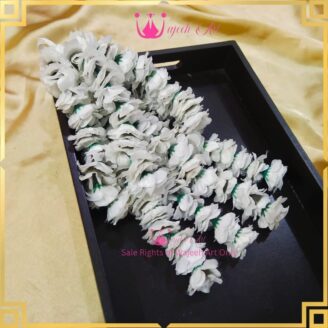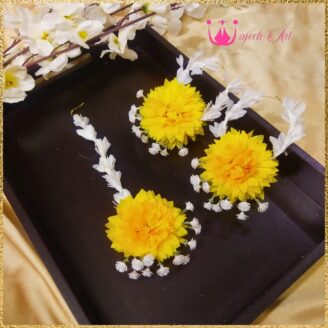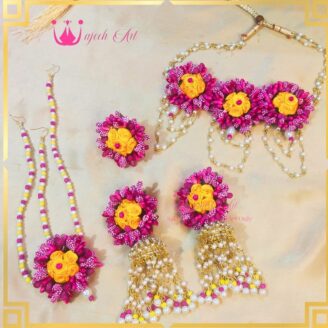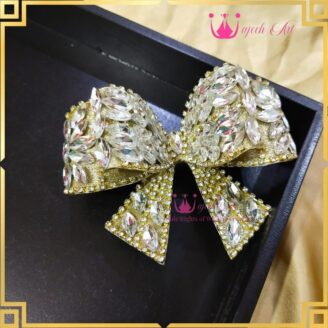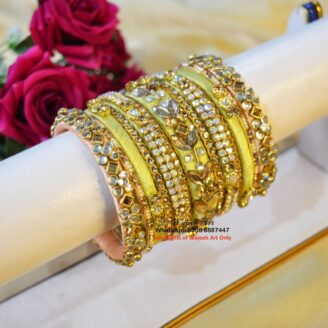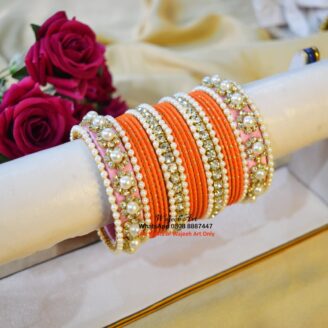The Timeless & Trending Gota Jewellery for Traditional Wedding
The Timeless & Trending Gota Jewellery Trending Gota jewelry is primarily crafted using the duplicate metallic threads and ribbons in Gota embroidery. These are cut into intricate patterns and designs and then stitched onto fabric or used to create standalone jewelry pieces. The result is a stunning array of necklaces, earrings, bangles, maang tikka (forehead…



